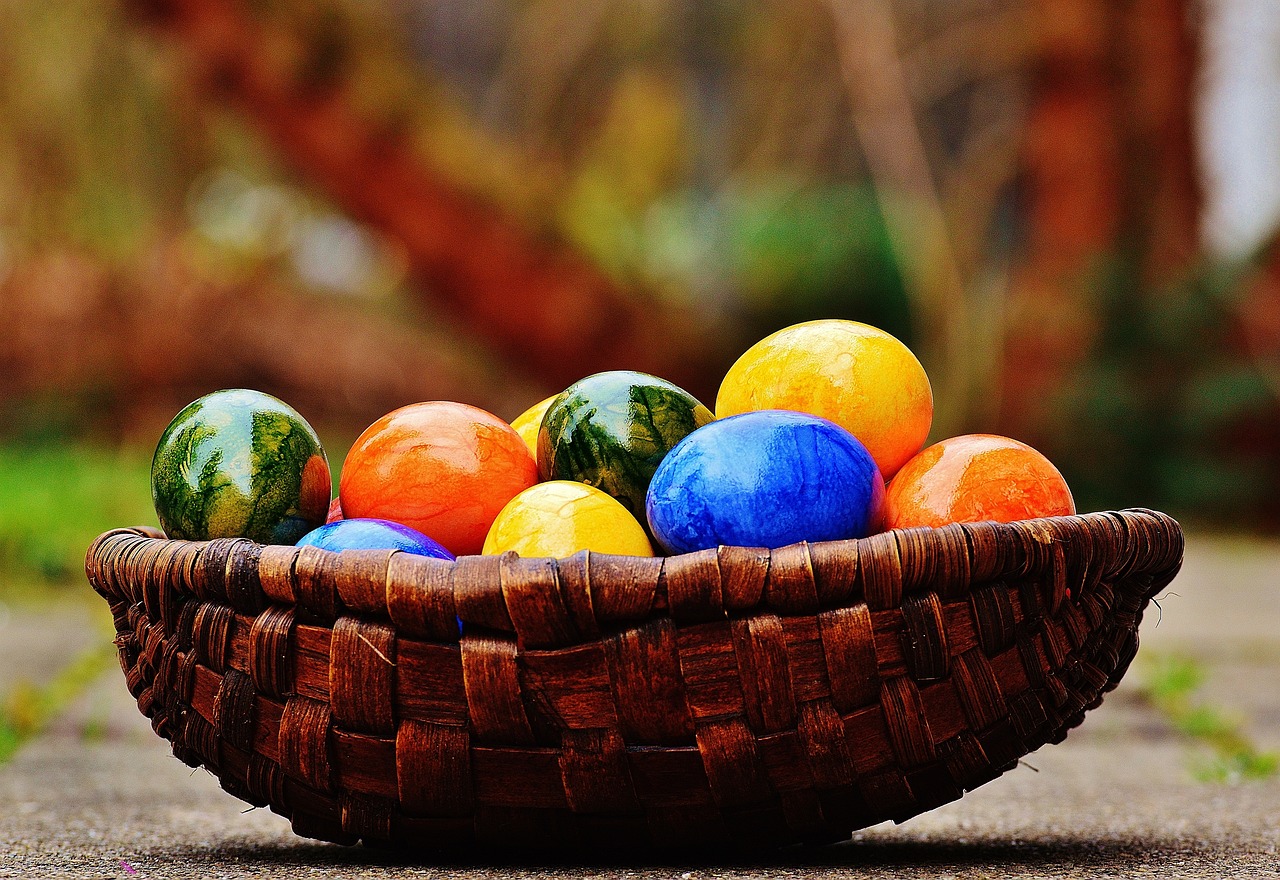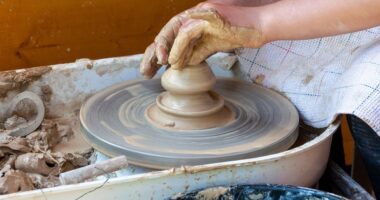By 1808Delaware
Happy Easter, Delaware County from 1808Delaware!
We’re taking the day off on Easter Sunday to spend it with family. In the meantime, here’s a bit of national Easter-related history to share with a bit of a local “twist.”
A beloved American tradition has a native Delawarean to thank for its existence.
The White House Easter Egg Roll, an annual celebration of community, joy, and the onset of spring, boasts a history as colorful as the eggs that roll across the lush South Lawn. This event, standing as a testament to the resilience of tradition through times of change and challenge, encapsulates the spirit of Easter in a uniquely American setting.
The origins of the Easter Egg Roll trace back to the 1870s, a time when children would gather at the U.S. Capitol to roll their painted eggs across its manicured lawns. However, the destruction caused by these festivities in 1876 led Congress to prohibit the Capitol grounds from being used as a children’s playground. This legislative action might have ended the beloved tradition if not for Delaware’s own President Rutherford B. Hayes, who, in 1878, opened the gates of the White House South Lawn to the egg rollers, thus giving the event a prestigious new venue and ensuring its continuation.
The first official White House Easter Egg Roll was held on April 22, 1878, and has since evolved into a hallmark of American Easter celebrations. Each year, the event is hosted by the President and First Lady, drawing thousands of children and their families from across the nation to participate in egg rolling, games, and storytelling, making it one of the White House’s most anticipated and joyful occasions.
Despite its festive nature, the Easter Egg Roll has not been immune to the ebbs and flows of history. Over the years, it has been moved, canceled, or modified in response to wars, food shortages, and even pandemics. Notably, it was relocated during World War II and the restoration of the White House in the late 1940s, and it saw cancellations during the influenza pandemic of 1918 and the COVID-19 pandemic of 2020 and 2021. Yet, each time, it has returned, a symbol of continuity and hope.
In 1953, First Lady Mamie Eisenhower proposed opening the event to African-American children, who were welcomed to participate from 1954 onwards, marking an important step toward inclusivity and equality. This gesture was a reflection of the evolving social fabric of America and highlighted the Easter Egg Roll as a space where all are welcome.
After a brief hiatus due to the COVID-19 pandemic, the Easter Egg Roll resumed in 2022, once again welcoming families to the South Lawn for a day of fun, laughter, and community. The event’s return served as a poignant reminder of the joys of togetherness and the enduring spirit of American traditions.
As the White House Easter Egg Roll continues to evolve, it remains a cherished emblem of the nation’s cultural heritage, a celebration of spring, renewal, and the simple joy of rolling eggs on a lawn under the watchful eyes of history.









